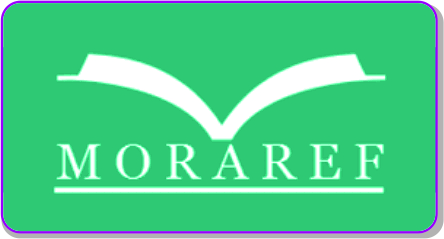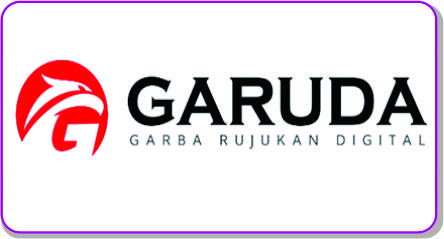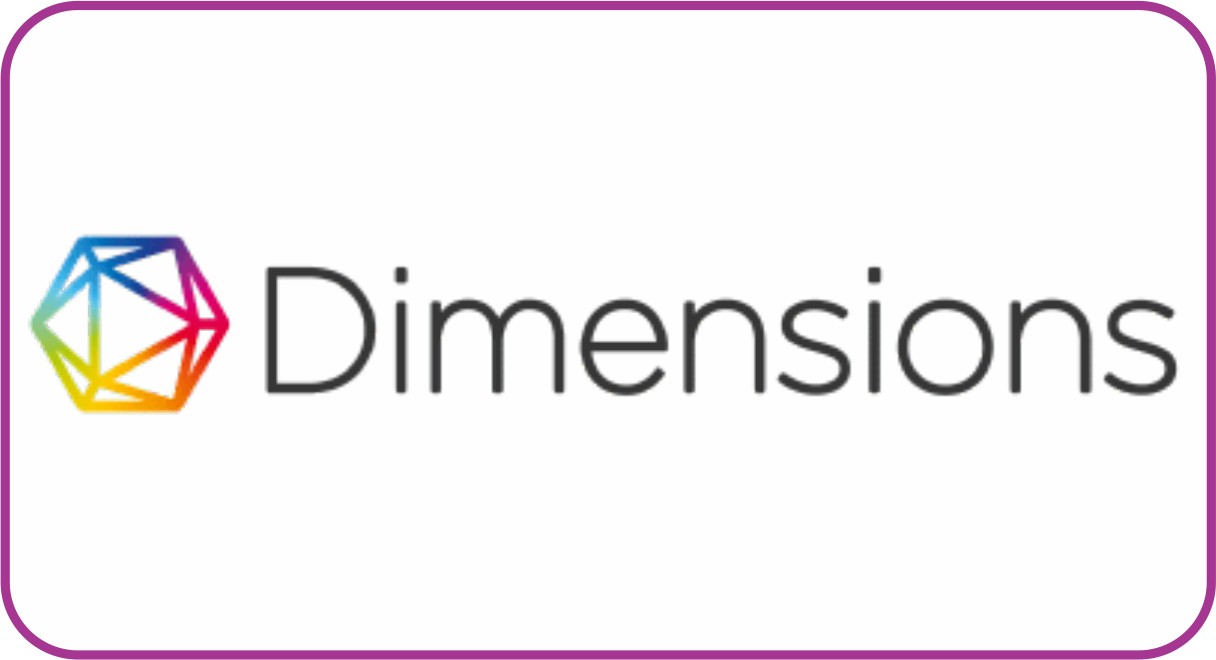Designing An E-Teacher Application as A Method of Digitizing Learning in SMKN 1 Ampek Angkek
Abstract
ABSTRACT
An electronic teacher is an alternative form that teachers and students can use to conduct online learning. The focus of this research is to build a valid, practical, and effective research product in the form of an e-teacher application that can be used to digitize learning in the midst of the COVID-19 pandemic in SMKN 1 Ampek Angkek. This research uses research and development (RnD) methods. System development in this research refers to the waterfall model with five stages: requirements definition, system and software design, implementation and unit testing, integration and system testing, operation and maintenance. Furthermore, the product is tested with three types of product testing: validity, practicability, and effectiveness. The research results from the design of an e-teacher application to assist teachers and students in the learning process in the form of a website where teachers can add learning materials, learning tools, and exam questions. Students can also use the internet to access learning materials and take tests. The results of the validity test on 5 experts were 0.79, which was declared valid; the practicality test on 4 practitioners was 93, which was declared very practical; and the effectiveness test on 8 students was 0.79, which was declared effective. Based on the product test results, it is possible to conclude that the product of this research is worth to use in the learning process by teachers and students.
Tujuan perancangan aplikasi e-guru ini adalah untuk membantu guru dan siswa dalam melakukan proses pembelajaran apabila tidak bertatap muka langsuang agar pembelajaran dapat berjalan sesuai dengan yang diharapkan. Jenis penelitian yang digunakan adalah penelitian dan pengembangan (Reseacrh and Development) versi ADDIE (Analyze-Design-Develop- Impelentation-Evaluation). Model pengembangan sistem yang digunakan adalah model pengembangan sistem Waterfall dengan lima tahap, yaitu Definisi persyaratan, Perancangan sistem dan perangkat lunak, Implentasi dan pengujian unit, Integrasi dan pengujian sistem, Operasi dan pemeliharaan. Uji produk yang digunakan adalah Uji Validitas, Uji Praktikalitas, dan Uji Efektifitas. Hasil penelitian dari perancangan aplikasi e-guru untuk membantu guru dan siswa dalam melakukan proses pembelajaran yang berupa website yang mana guru dapat menambahkan materi pembelajaran, perangkat pembelajaran dan soal-soal pembelajaran. Sedangkan siswa dapat mengakses materi pembelajaran dan mengerjakan soal-soal secara online. Sedangkan, uji validitas yang terdiri dari 5 orang ahli diperoleh nilai0,79 dinyatakan valid (berdasarkan perhitungan validitas dengan formula aiken’s), uji praktikalitas yang terdiri dari 4 orang praktisi di peroleh nilai 93 yang dinyatakan sangat praktis dan untuk uji efektifitas yang terdiri dari 8 orang siswa di peroleh nilai 0,79 yang dinyatakan efektif.
Keywords
References
Yurizal, “Kompetensi guru dalam memanfaatkan media pembelajaran berbasis teknologi dan komunikasi (TIK) di SD Negeri 16 Banda Aceh Yurizal,” Ilm. Pendidik. Sekol. Dasar, vol. 2, no. 2, pp. 127–128, 2017.
Ence Surahman, “Guru Elektronik (e-teacher) Dalam Mengatasi Masalah Pembelajaran Ence Surahman,” 2012.
B. Nugroho, Aplikasi Pemrograman Web dinamis dengan PHP dan MySQL, 1st ed. Yogyakarta: Gava Media, 2004.
Nana Syaodih Sukmadinata, Metode Penelitian Pendidikan, 5th ed. Bandung: PT Remaja Rosdakarya, 2009.
Adelina Hasyim, Metode Penelitian dan Pengembangan di Sekolah, 1st ed. Yogyakarta: Media Akademi, 2016.
I. M. Tegeh, I. N. Jampel, and K. Pudjawan, Model Penelitian Pengembangan, 1st ed. Yogyakarta: Graha Ilmu, 2014.
Budi Sutedjo Dharma Oetomo, e-Education konsep, teknologi, dan aplikasi internet pendidikan, 2nd ed. Yogyakarta: Andi, 2007.
M. Yazdi, “E-Learning Sebagai Media Pembelajaran Interaktif Berbasis Teknologi Informasi,” J. Ilm. Foristek, 2012.
I. Sommerville, Software Engineering (Rekayasa Perangkat Lunak), 6th ed. Jakarta: Erlangga, 2003.
Sugiyono, Metode Penelitian Pendidikan Pendekatan Kuantitaif, Kualitatif, dan R&D, 8th ed. Bandung, 2009.
L. R. Aiken, “Three Coefficients for Analyzing The Reliability and Validity of Ratings,” Educ. Psychol. Meas., pp. 131–142, 1985.
Prabowo Pudjo Widodo and Herlawati, Menggunakan UML, 1st ed. Bandung: Informatika Bandung, 2011.
R. Sagita, F. Azra, and M. Azhar, “Pengembangan Modul Konsep Mol Berbasis Inkuiri Terstruktur dengan Penekanan Pada Interkoneksi Tiga Level Representasi Kimia Untuk Kelas X SMA,” vol. 1, no. November, pp. 25–32, 2017.
Article Statistic
Abstract view : 90 timesPDF views : 53 times
How To Cite This :
Refbacks
- There are currently no refbacks.
Copyright (c) 2022 Rina Novita

This work is licensed under a Creative Commons Attribution-ShareAlike 4.0 International License.









